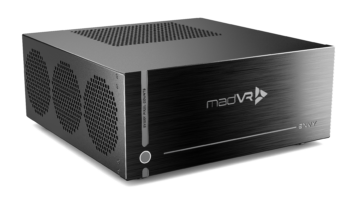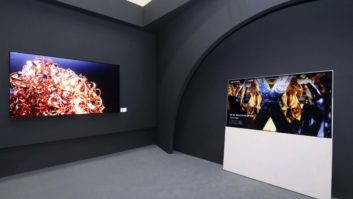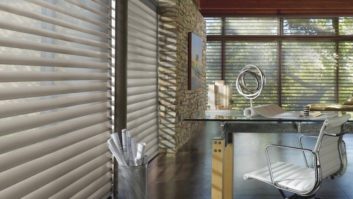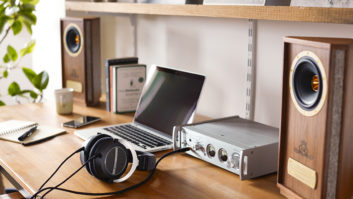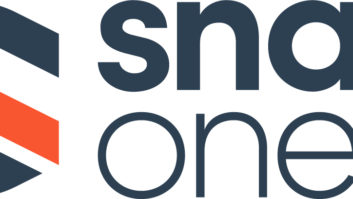Have you seen the $4,000 Viking stove and the $6,000 Sub-Zero refrigerator in the homes of your clients? How about the wine storage cabinets and the Williams-Sonoma appliances? Have you wondered how these premium brands have transformed a category such as a kitchen range into a must-have luxury item?
The Boston Consulting Group (BCG) has defined the term “trading up” to describe this phenomenon. BCG reports that about 47 million households in America with income over $50,000 are trading up to products that have technical, functional and emotional benefits.
The good news for us in the electronic-lifestyle industry is that the primary categories where we see enormous growth in new luxury spending have been durables. These durables are kitchen remodeling, bathroom remodeling, room additions, bathroom additions, window and door replacements, decks and finishing basements-all basically within the home improvement category. This includes upgrades to home audio and video. Together, these represent the single largest category in new luxury spending, totally almost $100 billion annually.
Consumer spending in the new luxury market has soared. People will gladly pay a premium for brands that exhibit specific benefits. But which benefits?
First, the product has to offer technical differences, creating features that are tangible. Next, there have to be functional improvements that drive a better level of performance. And finally, there has to be an emotional connection. This connection creates the engagement with the product or service, which is crucial to developing future brand loyalty.
The custom electronics installation business offers these desirable benefits. We enjoy the opportunity to examine the emotional space of the customer’s home environment. This is a privilege, and with it comes the responsibility to understand and respect the customer’s point of view. We know gear, but that’s not the game here. Look around at your customer’s environment and be observant.
Our position offers an advantage. Our job is to capture the preferences of our customers. We need to be consultative salespeople. We need to ask questions about our customers’ goals, their preferences, and how they like to live in their homes. It’s important to listen and observe carefully. Design is interactive; it’s not about assembling a list of products.
During the design process, we have the opportunity to find out what areas are important, and which are less so. These areas are the prime “trading up” categories. For example, if comfort and luxurious furnishings are important to your customer, you may have an opportunity to sell premium theater seating products. If your customer values sonic performance, then upgrading the whole house audio components may have value to them. If ease of use is paramount, or guests are frequent, then spend more design time on the touchscreen page flows, get their feedback, and help them see the value of designing a modular, easy-to-navigate set of screens.
In our years of designing and engineering custom home environments, we have found that many discerning customers are not selective about their brands of A/V gear. Instead, they often state that they want their gear to work the first time, every time-a technical benefit. The user interface has to be intuitive for all of the family members and guests-a functional benefit. It’s common for just one room to have a performance characteristic, such as a theater. Even then, it’s not about getting the absolute cutting edge, but rather having a really great picture and sound in which to escape to the movies, and sharing that joy with their families and friends-an emotional benefit.
Using the “trading up” principle, design a system for people where they participate in the decisions to buy premium brands and receive superior value. Help them pay for it by trading down on those areas where there is no perceived value. Do they really need those $600 speakers on the patio? Examine how they use the patio to find the answer. Don’t try to sell remote access services if it’s not important to your customer. You will be rewarded as a trusted advisor, and have greater success in up-selling other areas of the home.
Rich Keith is a Sales Consultant for Axiom Design in Pleasanton, California.

